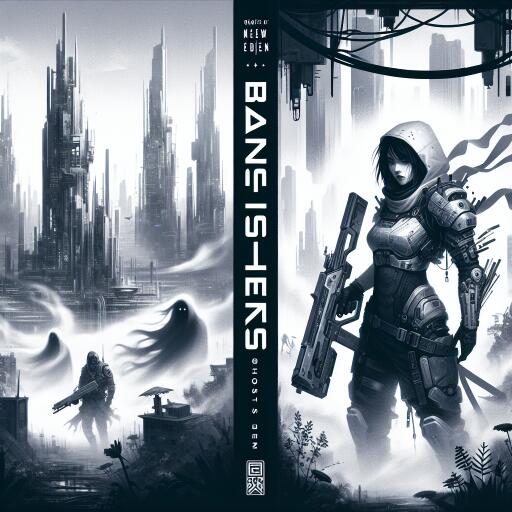A Spirited Journey Through Time: PS5’s ‘Banishers: Ghosts of New Eden’
In the shadowy outskirts of colonial America, the game Banishers: Ghosts of New Eden introduces players to an enthralling narrative where the supernatural intertwines with human drama. Centered around Red and Antae, a couple not only bound by love but also by their profession as Banishers, ghost hunters of exceptional skill, the game weaves a tale of loss, vengeance, and the quest for redemption.
Their journey begins with a seemingly routine task that quickly spirals into a nightmare. The town of New Eden falls prey to The Nightmare, a formidable specter whose very presence has clad the land in a perpetual winter of despair. The initial encounter with this entity ends in tragedy, leaving Antae a ghost tethered to the mortal realm and Red, bereaved and determined, seeking a way to set things right.
At its core, Banishers pits players against the ethical dilemmas of the Banishing trade. Each mission tasks players with unraveling the mysteries behind hauntings and deciding the fate of spirits through Ascend, Banish, or Blame. Each choice not only dictates the afterlife of these apparitions but also carries weighty implications for the game’s narrative, particularly affecting the possibility of Antae’s revival.
While the enigma of hauntings often engages with the moral complexities of early American society, the mechanic of choosing how to deal with ghosts challenges players to ponder the essence of justice and redemption. Can a wronged spirit be blamed for seeking vengeance? This question becomes central as players navigate through tales rich in historical context and moral ambiguity.
The gameplay intricately binds the fate of two characters, Red and Antae, requiring players to master both physical combat and supernatural abilities. Red, armed with conventional weapons enhanced for spectral combat, and Antae, whose ghostly form allows for devastating attacks, must work in tandem to overcome the possessed and the specters terrorizing New Eden.
Despite the enjoyment found in combat, the game encounters stumbling blocks in variety and progression. The adversaries faced become familiar too soon, and the arsenal at players’ disposal feels somewhat static as the game advances. This, combined with an equipment system that offers little incentive for experimentation, occasionally renders the gameplay monotonous.
Moreover, the expansive world of Banishers unfortunately dilutes the impact of its stronger elements. The open-world design, rather than enhancing the experience, sometimes stretches the narrative and gameplay thin, leading to periods where the game’s lush storytelling and vibrant combat lose their sheen.
On the technical front, while Banishers: Ghosts of New Eden showcases commendable visual and auditory craftsmanship, it struggles with performance issues that detract from its otherwise immersive atmosphere. Character animations and voice acting, particularly those of Red and Antae, stand out as highlights, imbuing the game with emotional depth and authenticity.
In conclusion, Banishers: Ghosts of New Eden presents a mixed tapestry of innovation and tradition. Its narrative ambitions and unique gameplay mechanics shine brightly but are sometimes overshadowed by pacing and performance issues. As players traverse the haunted wilderness of New Eden, they’ll find moments of brilliance worth cherishing, though the journey might feel longer than necessary. In the end, like its protagonists, Banishers finds itself on the cusp of greatness, aiming for a sequel that could ideally refine and elevate the experience to match its lofty vision.








